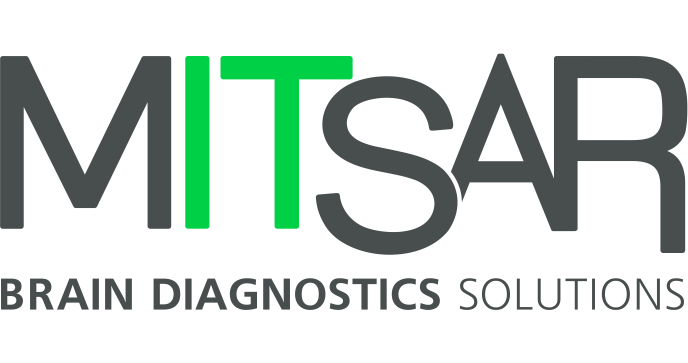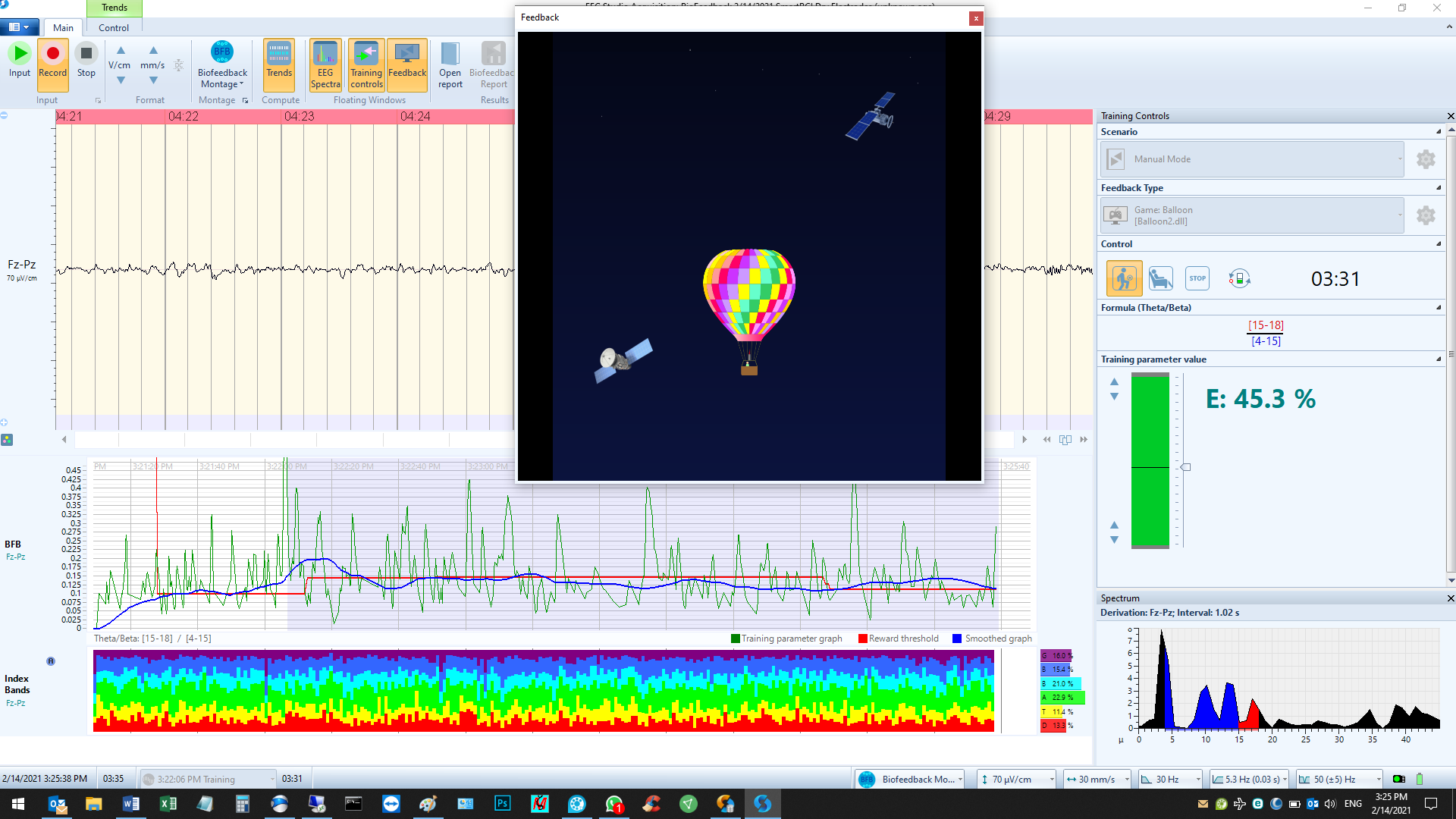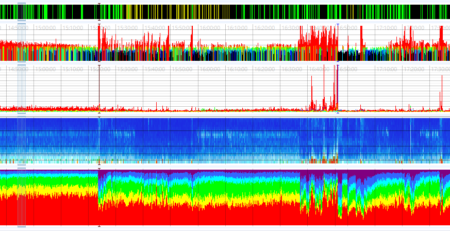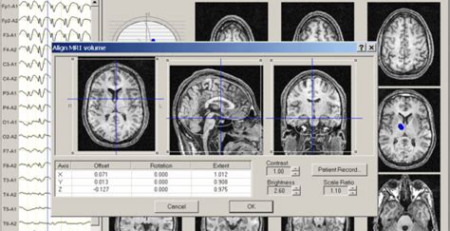Tracking Progress in Neurofeedback EEG Therapy
Neurofeedback therapy is an innovative and promising tool that helps individuals train their brain for better self-regulation. But how do we measure its effectiveness? Unlike traditional forms of therapy, neurofeedback relies heavily on real-time EEG data, making the evaluation process both quantitative and qualitative.
In this article, we’ll explore key considerations and best practices for tracking progress during EEG-based neurofeedback sessions and highlight how clinicians and researchers can interpret results to optimize outcomes.
- The Challenges of Test-Retest Reliability in EEG Spectra
EEG power spectra are naturally variable, influenced by factors such as mental state, fatigue, and environmental conditions. Because of this inherent variability, relying solely on absolute spectral values as indicators of progress is not recommended. Instead, clinicians should:
- Focus on Trends: Analyze patterns of change across multiple sessions rather than isolated data points.
- Use Averaged Data: Aggregating session data helps minimize noise and reveal meaningful changes in self-regulation ability.
- Neurofeedback as a Self-Regulation Process
Neurofeedback is fundamentally about teaching the brain self-regulation. The primary goal is not to permanently alter resting-state EEG patterns but to enable individuals to consciously control their brain rhythms when needed. Participants learn to voluntarily increase or decrease specific EEG frequencies in response to real-time feedback, building mental flexibility and adaptability.
Importantly, this improved ability to control brain rhythms during training often transfers to real-life situations, contributing to better cognitive and emotional functioning.
- Measuring Success Through Training Versus Rest Differences
A critical way to assess neurofeedback progress is by comparing the trained parameter during periods of rest and active training. Key factors to consider include:
- Latency: How quickly does the participant achieve the target brain rhythm?
- Stability: How consistently can they maintain the desired rhythm?
- Variability: How much fluctuation is present during the modulation period?

Graphs and session reports can visualize these metrics, providing a clear picture of the participant’s progress over time.
- Clinical and Quality-of-Life Outcomes
Ultimately, neurofeedback success is best measured by clinical improvements and enhancements in the patient’s quality of life. These may include:
- Reductions in symptoms such as anxiety, ADHD, or sleep disturbances
- Improved focus, emotional stability, and stress resilience
- Better sleep quality and overall cognitive function
To objectively capture these changes, it is essential to use validated assessment scales and patient-reported outcome measures. Significant improvements often require a substantial number of sessions, as the pace of progress varies between individuals.
- Quantitative Assessment and Reporting in EEGStudio
Neurofeedback therapy provides quantitative metrics that help clinicians track and visualize progress. These include response speed, accuracy, and stability during training. Comprehensive reports generated during sessions make it easier to monitor trends and optimize therapy protocols.
Our specialists can assist in interpreting these reports and guide users on how to effectively utilize this functionality for monitoring and enhancing therapy outcomes. Automated graphical representations can also boost participant motivation by making progress tangible and understandable.
- Beyond Data: The Role of Psychological Feedback
Tracking neurofeedback progress is not just about data; it’s also about fostering participant motivation and engagement. Understanding their progress and seeing measurable improvements can significantly enhance their confidence and commitment to therapy, creating a positive reinforcement cycle.
Unlocking the Full Potential of Neurofeedback Therapy
As neuroscience continues to advance, neurofeedback therapy offers new possibilities for mental health and cognitive optimization. Understanding how to track progress effectively is essential for unlocking its full potential. A combination of self-regulation assessment, clinical improvements, quantitative analysis, and effective communication of results provides the most comprehensive and meaningful evaluation of success.





Leave a Reply